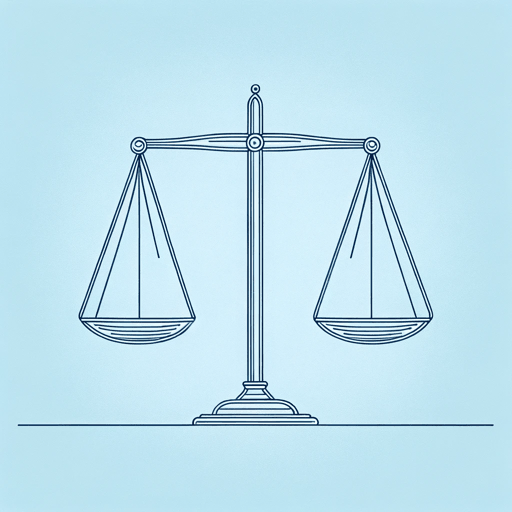54 pages • 1 hour read
Ezra KleinWhy We're Polarized
Nonfiction | Book | Adult | Published in 2020A modern alternative to SparkNotes and CliffsNotes, SuperSummary offers high-quality Study Guides with detailed chapter summaries and analysis of major themes, characters, and more.
Chapters 6-7Chapter Summaries & Analyses
Chapter 6 Summary: “The Media Divide Beyond Left-Right”
Unlike any other period in history, audiences have a wide range of choices in media. The digital revolution has made more information easily available, enabling those interested in politics to learn more. However, those not interested in politics can avoid it altogether by selecting entertainment media. This divide between political enthusiasts and the disinterested sets the stage for polarization on the left and right.
The news media operates as a business. In the early 20th century, it therefore made sense for the press to become independent or objective. Technological advancements allowed newspapers to reach large audiences and profit from advertisers. The “explosion of choice and competition” via cable and digital news changed the profitability calculus (146). To win audiences, the media emphasizes political identity, conflict, and celebrity and often adopts a partisan stance. Such coverage—with outrage leading stories—reinforces political identities and increases political stakes. Ironically, the parties that news consumers perceive are quite different from the reality of those parties. Klein cites statistics showing that Democrats believe that 44% of Republicans earn over $250,000 a year, when the actual figure is 2%. Likewise, Republicans believe that 38% of Democrats are gay, lesbian, or bisexual, when only 6% are.
Featured Collections
Books on U.S. History
View Collection
Hispanic & Latinx American Literature
View Collection
Jewish American Literature
View Collection
Nation & Nationalism
View Collection
New York Times Best Sellers
View Collection
Political Science Texts
View Collection
Politics & Government
View Collection
Psychology
View Collection
Sociology
View Collection

